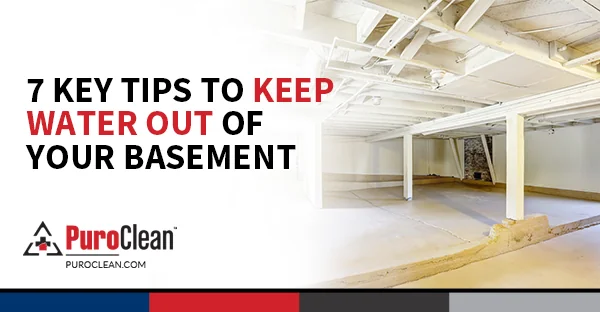
Water damage emergencies can strike at any time, turning your home from a safe haven into a source of stress and chaos. Whether it’s a burst pipe, a flooding incident, or a leaky roof, knowing how to respond promptly is crucial. In this comprehensive guide, we’ll walk you through the essential steps of emergency water damage restoration, providing you with a simple roadmap to reclaiming your home.
Understanding the Urgency of Emergency Water Damage
Water damage emergencies demand immediate attention. The longer water sits, the more destruction it can cause. Mold growth, structural damage, and compromised electrical systems are just a few of the potential consequences. Therefore, a swift and organized response is paramount.
Step 1: Safety First
Before diving into any restoration efforts, prioritize safety. If the water damage is severe or involves electrical hazards, evacuate the affected area and shut off the power supply. It’s crucial to ensure that both you and your family are out of harm’s way before attempting any restoration activities.
Step 2: Identify and Stop the Source
Stopping the source of water is the first line of defense. Identify the origin of the emergency water damage, whether it’s a burst pipe, a malfunctioning appliance, or external factors like heavy rainfall. Once located, take immediate action to stop or contain the water source. This may involve shutting off the main water supply, turning off specific appliances, or patching leaks
Step 3: Document the Damage
Before you begin any cleanup or restoration efforts, document the extent of the damage for insurance purposes. Take photographs and videos of the affected areas, including the water source and any belongings that have been impacted. This documentation will be valuable when filing an insurance claim.
Step 4: Remove Standing Water
Promptly removing standing water is crucial to prevent further damage and mold growth. Use a wet/dry vacuum, buckets, or mops to extract as much water as possible. For large-scale flooding, consider enlisting the help of professional water extraction services equipped with industrial-grade pumps.
Step 5: Thoroughly Dry and Dehumidify
After removing standing water, focus on thoroughly drying the affected areas. Open windows, use fans, and employ dehumidifiers to expedite the drying process. Pay extra attention to hidden or hard-to-reach spaces where moisture may linger.
Step 6: Salvage and Discard
Evaluate belongings and materials that have been affected by emergency water damage. Salvage items that can be saved through proper cleaning and drying. Dispose of irreparably damaged items responsibly. This step is crucial to prevent the growth of mold and ensure a safe living environment.
Step 7: Disinfect and Clean
Once the area is dry, disinfect all surfaces to eliminate any bacteria or contaminants that the water may have brought in. Use antimicrobial cleaning agents to prevent mold growth. Be thorough in your cleaning efforts, addressing not only visible surfaces but also hidden corners and crevices.
Step 8: Inspect for Structural Damage
Examine the structure of your home for any signs of damage. This includes warped walls, compromised foundations, or weakened support structures. If you suspect structural issues, consult with a professional contractor or structural engineer to assess and address the damage.
Step 9: Seek Professional Assistance
While some emergency water damage restoration tasks can be handled independently, certain situations require professional expertise. If the damage is extensive, if mold is present, or if structural issues are identified, it’s advisable to seek the assistance of certified water damage restoration professionals. They have the experience, tools, and knowledge to address complex situations effectively.
Step 10: Insurance Claims and Documentation
Initiate the insurance claims process promptly. Provide your insurance company with the documentation you gathered earlier, including photographs, videos, and a detailed inventory of damaged items. Keep records of all communication with your insurance provider to ensure a smooth claims process.
Regaining Control After Emergency Water Damage
Facing emergency water damage is undoubtedly a stressful experience, but a systematic and prompt response can mitigate the damage and facilitate a faster recovery. By following this simple guide, you empower yourself to take the necessary steps to restore your home and belongings after a water damage emergency. Remember, acting swiftly is key, and when in doubt, don’t hesitate to seek professional assistance to ensure a thorough and effective restoration process.
Water Damage Restoration in Coral Gables & Miami – Call (305) 894-4343
Water damage from storms, floods, or plumbing failures can lead to costly repairs and mold growth if not addressed quickly. Our water damage specialists will:
✅ Extract standing water and thoroughly dry affected areas
✅ Prevent mold growth with advanced moisture control
✅ Restore floors, walls, and belongings to their original condition
✅ Provide 24/7 emergency response to minimize damage
Water damage won’t wait—neither should you! Call (305) 894-4343 now for immediate water damage restoration in Coral Gables & Miami.




 PuroClean of Coral Gables
PuroClean of Coral Gables